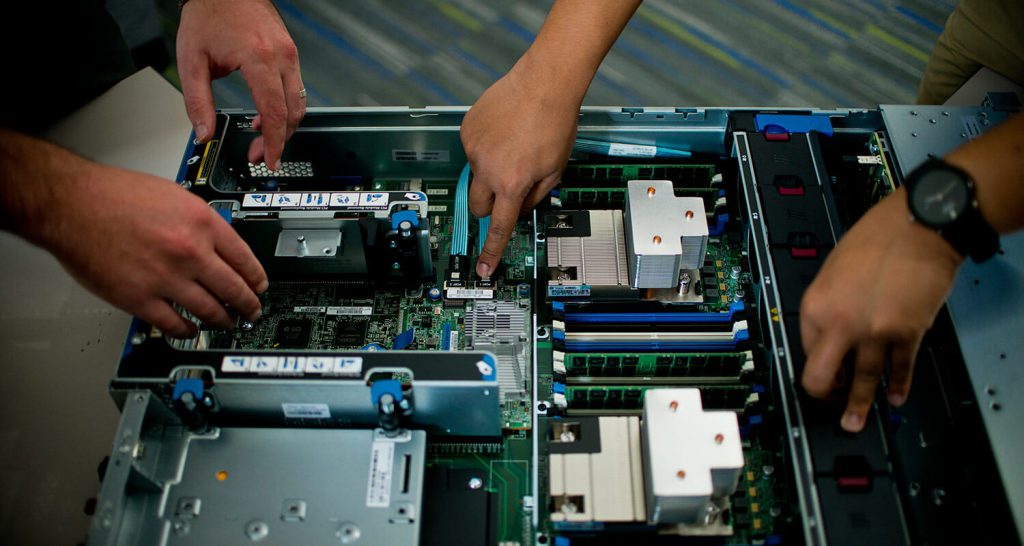IT Disaster Plan: What’s Yours?
Information technology keeps our organizations up and running. It keeps us connected, and it keeps operations chugging along, and communication clear. IT is the lifeblood of an organization and gives your business the ability to deliver results efficiently and effectively. Without IT, you won’t be able to stay mobile, agile, and on top of your market. So what happens when an IT disaster strikes?
Why You Need a Plan
Considering how critical functional IT systems are when it comes to running a business, you’d think that every organization on the planet would have a comprehensive IT disaster plan. Unfortunately, that’s just not the case. In fact, some organizations have become more lax in terms of preparing for an IT disaster, simply because IT has become so reliable. But disasters do still happen.
Imagine one of the following scenarios:
Electrical Problems
A power outage in and of itself might be a relatively minor problem. But not all power outages are the same. A catastrophic power outage—one that stretches into weeks or months—can spell disaster for your IT resources. When Superstorm Sandy wiped out power in New York and New Jersey for several weeks, many businesses struggled to recover. And some didn’t recover at all. Of course, there were additional factors. But simply having lost power for that amount of time, and having lost operational IT, contributed greatly.
Losing Access to Company Premises
This is one that often catches organizations off guard. For example flooding, even if it doesn’t affect your building, could result in an area being evacuated. A chemical spill could have similar consequences. In this case, your IT may be fine—you just can’t get to it.
Your Hardware is Physically Compromised
Whether it’s a fire, a flood, or even a structural issue with your building, your company’s hardware can easily be compromised resulting in an IT disaster.
How to Plan for IT Disaster Recovery
Depending on the complexity of your IT operations, you’ll probably want to consult with a professional to address a true IT disaster. However, even if you do so, it’s important to understand what a disaster recovery plan entails.
There are five main aspects of IT operation that should be addressed in your disaster plan:
- Environment – You must address your control room and server rooms, as well as other environments in which you store hardware and access your IT operations, in your disaster plan.
- Hardware and Equipment – This includes not only your servers but all hardware and equipment that are essential to keeping your IT up and running: computers, mobile devices, even desks and workstations.
- Connectivity – What if something happens with your service provider? What if disaster strikes and your service provider doesn’t have the access they need to keep you connected?
- Software and Services – Disaster can strike software and applications as well. With software as a service becoming more ubiquitous, we often don’t have physical back-ups for many of our mission-critical platforms.
- Data – Data is incredibly valuable, and critically necessary. Do you have a reliable data back-up system?
We all hope that an IT disaster never strikes us—but we can’t count on that hope to keeping it from happening! Make sure your company is prepared for any IT disaster.
